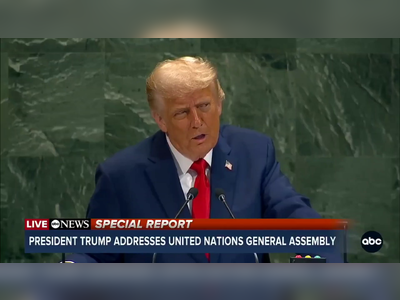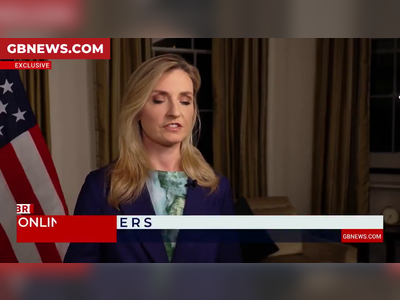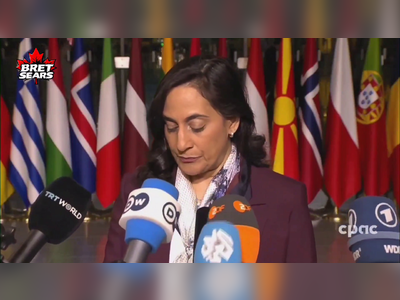European Union Announces New Framework for Debt Recovery Procedures
The EU reveals plans to standardize debt recovery processes across member states to enhance efficiency and reduce barriers.
The European Union has officially announced a new initiative aimed at standardizing debt recovery procedures across its member states.
This framework is anticipated to streamline existing processes and enhance cross-border cooperation in debt collection.
The measures come in response to calls from businesses and consumer advocacy groups, who have highlighted the difficulties posed by varying national regulations on debt recovery.
The proposed framework seeks to create a uniform set of rules for debt recovery methods, adapting best practices observed in several member countries.
Key features of the framework include clearer guidelines for creditors and a structured process aimed at minimizing disputes.
Additionally, the new approach emphasizes the importance of digital tools, leveraging technology to improve transparency and accessibility for both creditors and debtors.
The initiative is part of a broader EU strategy to foster economic resilience among member states, particularly in the aftermath of the financial disruptions caused by the COVID-19 pandemic.
Policymakers assert that simplifying debt recovery will not only benefit creditors but also contribute to overall economic stability, facilitating smoother cash flows for businesses.
Stakeholders, including financial institutions and legal experts, have been engaged in consultations to ensure that the framework aligns with diverse national legal systems while promoting a cohesive European debt recovery landscape.
The EU plans to implement pilot programs to assess the framework's effectiveness before its full rollout.
This development follows ongoing discussions in the aftereffects of various financial crises in Europe, where the lack of uniformity in debt recovery has been cited as a significant impediment to trade and investment.
The EU is also exploring additional measures to support consumers in debt recovery scenarios, reflecting a balanced approach to fiscal policy that considers both creditors and debtors.
As the framework develops, member states will be tasked with adapting their national laws to comply with the new EU regulations, with a timeline yet to be definitively established.
Discussions are ongoing, and further details will be provided as the initiative progresses.
This framework is anticipated to streamline existing processes and enhance cross-border cooperation in debt collection.
The measures come in response to calls from businesses and consumer advocacy groups, who have highlighted the difficulties posed by varying national regulations on debt recovery.
The proposed framework seeks to create a uniform set of rules for debt recovery methods, adapting best practices observed in several member countries.
Key features of the framework include clearer guidelines for creditors and a structured process aimed at minimizing disputes.
Additionally, the new approach emphasizes the importance of digital tools, leveraging technology to improve transparency and accessibility for both creditors and debtors.
The initiative is part of a broader EU strategy to foster economic resilience among member states, particularly in the aftermath of the financial disruptions caused by the COVID-19 pandemic.
Policymakers assert that simplifying debt recovery will not only benefit creditors but also contribute to overall economic stability, facilitating smoother cash flows for businesses.
Stakeholders, including financial institutions and legal experts, have been engaged in consultations to ensure that the framework aligns with diverse national legal systems while promoting a cohesive European debt recovery landscape.
The EU plans to implement pilot programs to assess the framework's effectiveness before its full rollout.
This development follows ongoing discussions in the aftereffects of various financial crises in Europe, where the lack of uniformity in debt recovery has been cited as a significant impediment to trade and investment.
The EU is also exploring additional measures to support consumers in debt recovery scenarios, reflecting a balanced approach to fiscal policy that considers both creditors and debtors.
As the framework develops, member states will be tasked with adapting their national laws to comply with the new EU regulations, with a timeline yet to be definitively established.
Discussions are ongoing, and further details will be provided as the initiative progresses.
AI Disclaimer: An advanced artificial intelligence (AI) system generated the content of this page on its own. This innovative technology conducts extensive research from a variety of reliable sources, performs rigorous fact-checking and verification, cleans up and balances biased or manipulated content, and presents a minimal factual summary that is just enough yet essential for you to function as an informed and educated citizen. Please keep in mind, however, that this system is an evolving technology, and as a result, the article may contain accidental inaccuracies or errors. We urge you to help us improve our site by reporting any inaccuracies you find using the "Contact Us" link at the bottom of this page. Your helpful feedback helps us improve our system and deliver more precise content. When you find an article of interest here, please look for the full and extensive coverage of this topic in traditional news sources, as they are written by professional journalists that we try to support, not replace. We appreciate your understanding and assistance.










